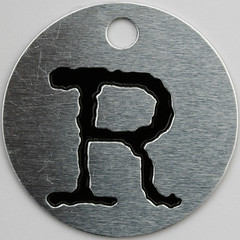 Are you an outstanding Georgia Southern University public relations student? If so, you might want to submit your name (and accompanying documentation) for one of our annual Public Relations Advisory Board awards.
Are you an outstanding Georgia Southern University public relations student? If so, you might want to submit your name (and accompanying documentation) for one of our annual Public Relations Advisory Board awards.
Nominations/applications are being sought in the following areas:
Public Relations Writing: Submit 3-5 short samples. Samples may include, but are not limited to, news, features, brochure copy, newsletter articles, communication plans, and web-based writings. Preference will be given to published works and successfully implemented communication plans.
Public Relations Design: Submit 3-5 samples. Samples may include, but are not limited to, newsletters, brochures, posters, advertisements, web pages, and PSA design elements. Preference will be given to original designs.
Public Relations Planning: Submit program overview and corresponding materials. Provide documentation of your contribution to this program. Indicate if the plan was completed by a group or individual. Describe each component of the plan and each team member’s contribution to the plan.
Public Relations Research: Submit 1-3 research papers and /or projects. Projects may entail academic investigations or applied projects that contribute to our understanding of public relations and communications. Co-authored work will be accepted based on applicant or applicants’ contributions to the project. Preference will be given to original research papers or projects.
Public Relations Student of the Year: Submit resume and portfolio. The portfolio should exhibit success in the following areas: (a) leadership and extra-curricular, (b) professional development, (c) academic works, and (d) academic or professional presentations.
Visit one of the bulletin boards in Veazey Hall for an application or use this PDF form.
NOTE: You must submit your application no later than Wednesday, March 3, at 5 p.m.





